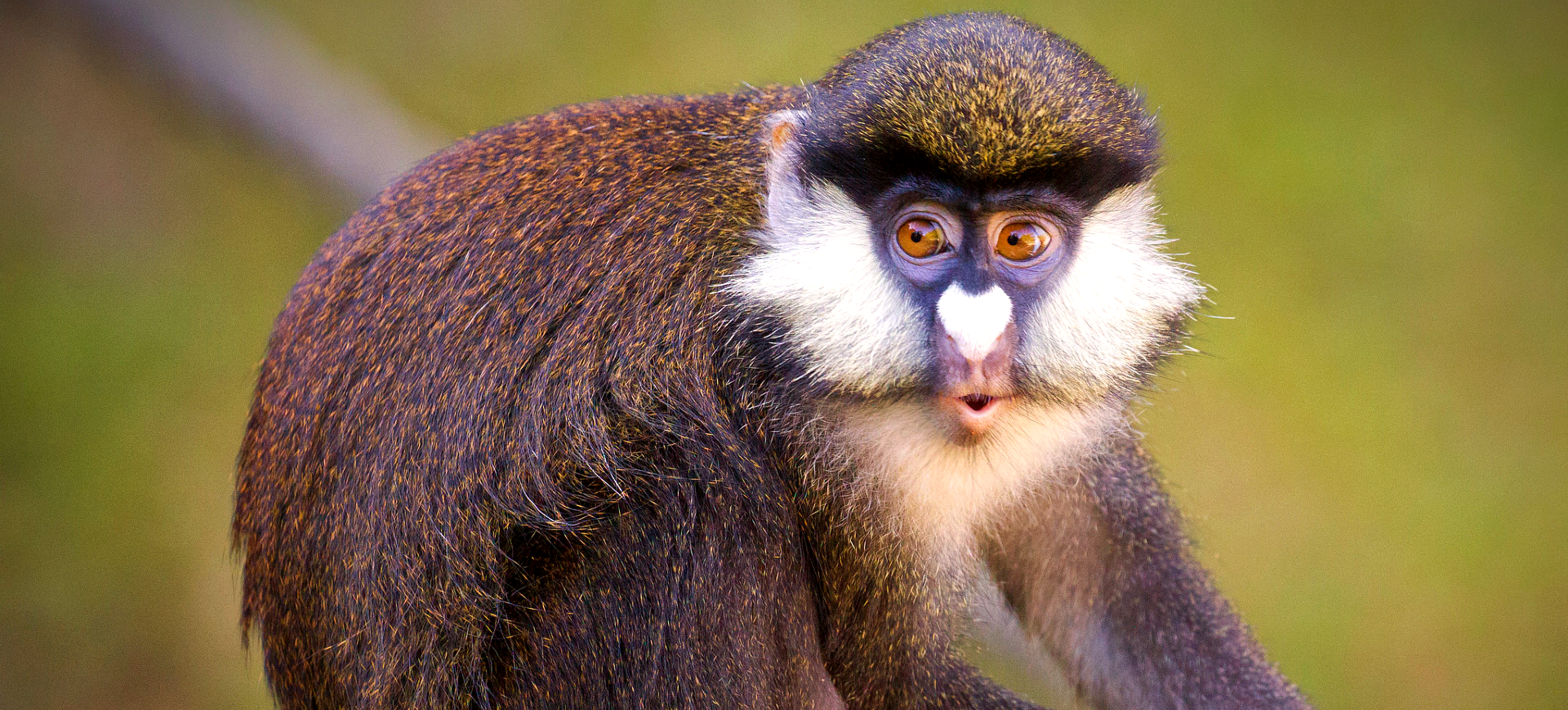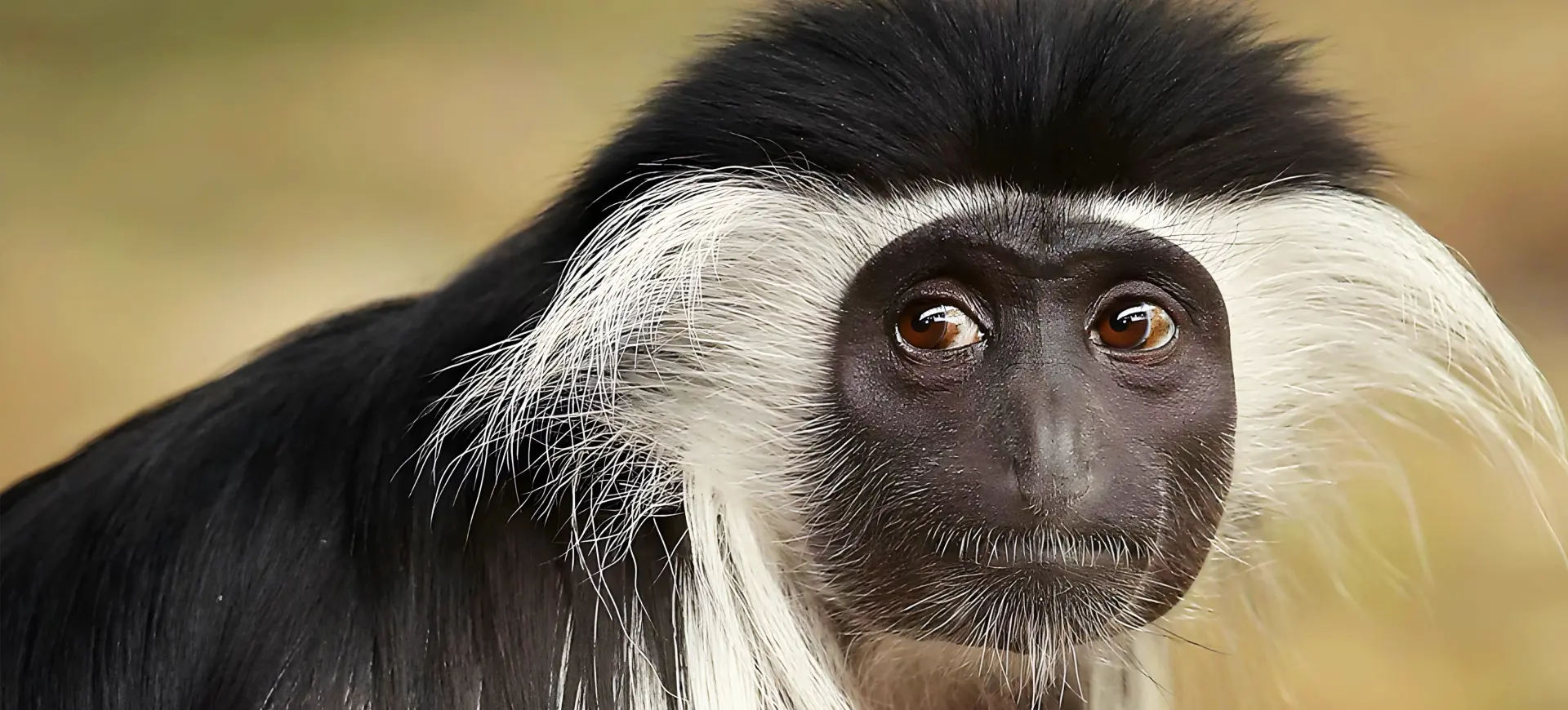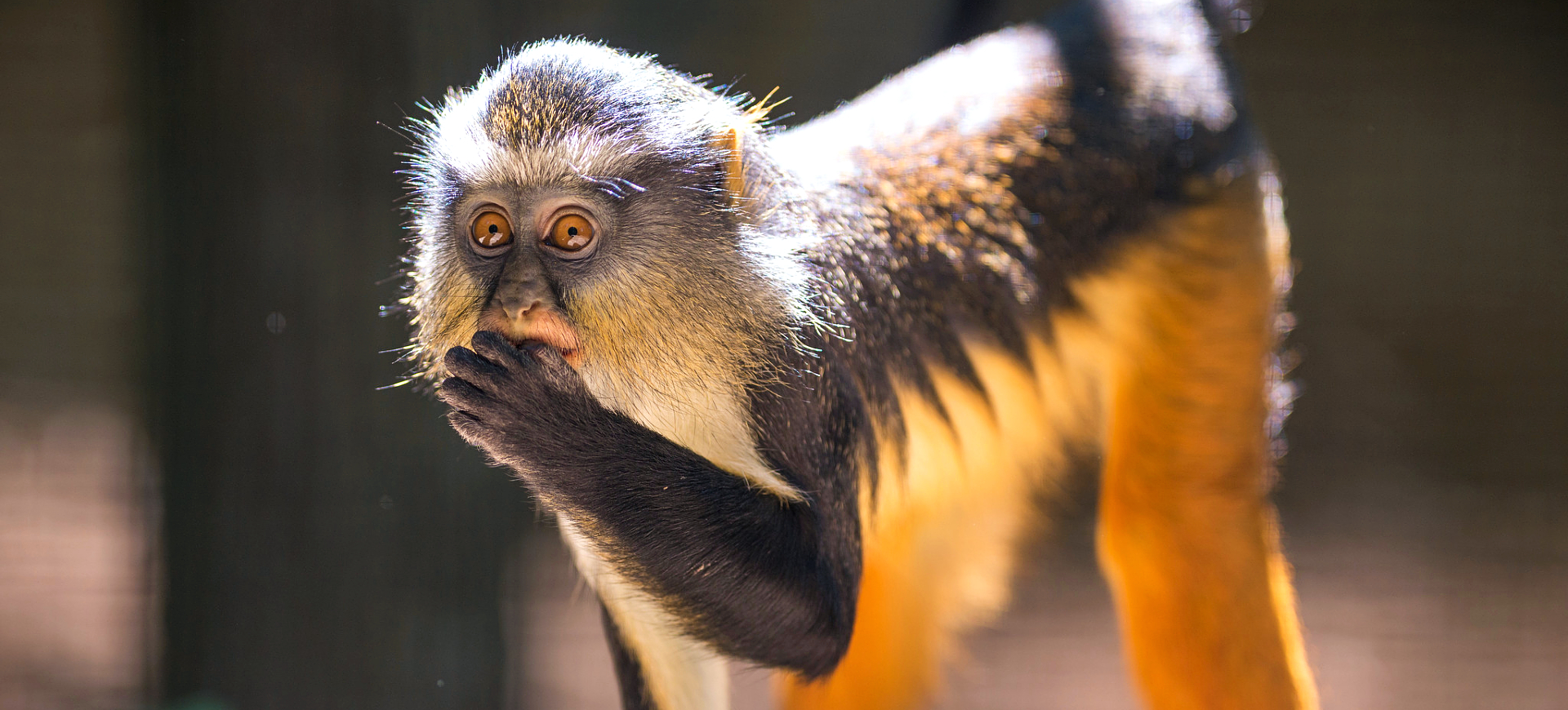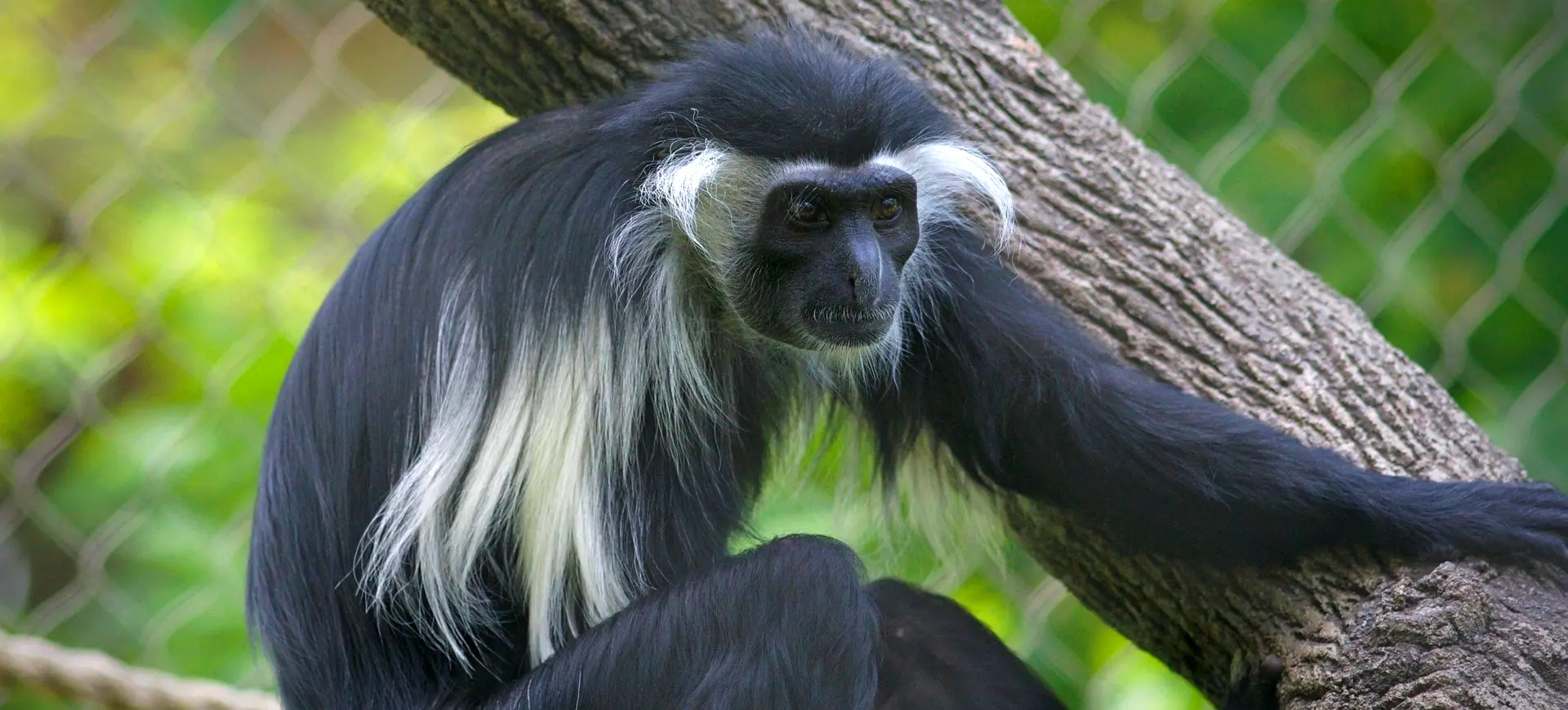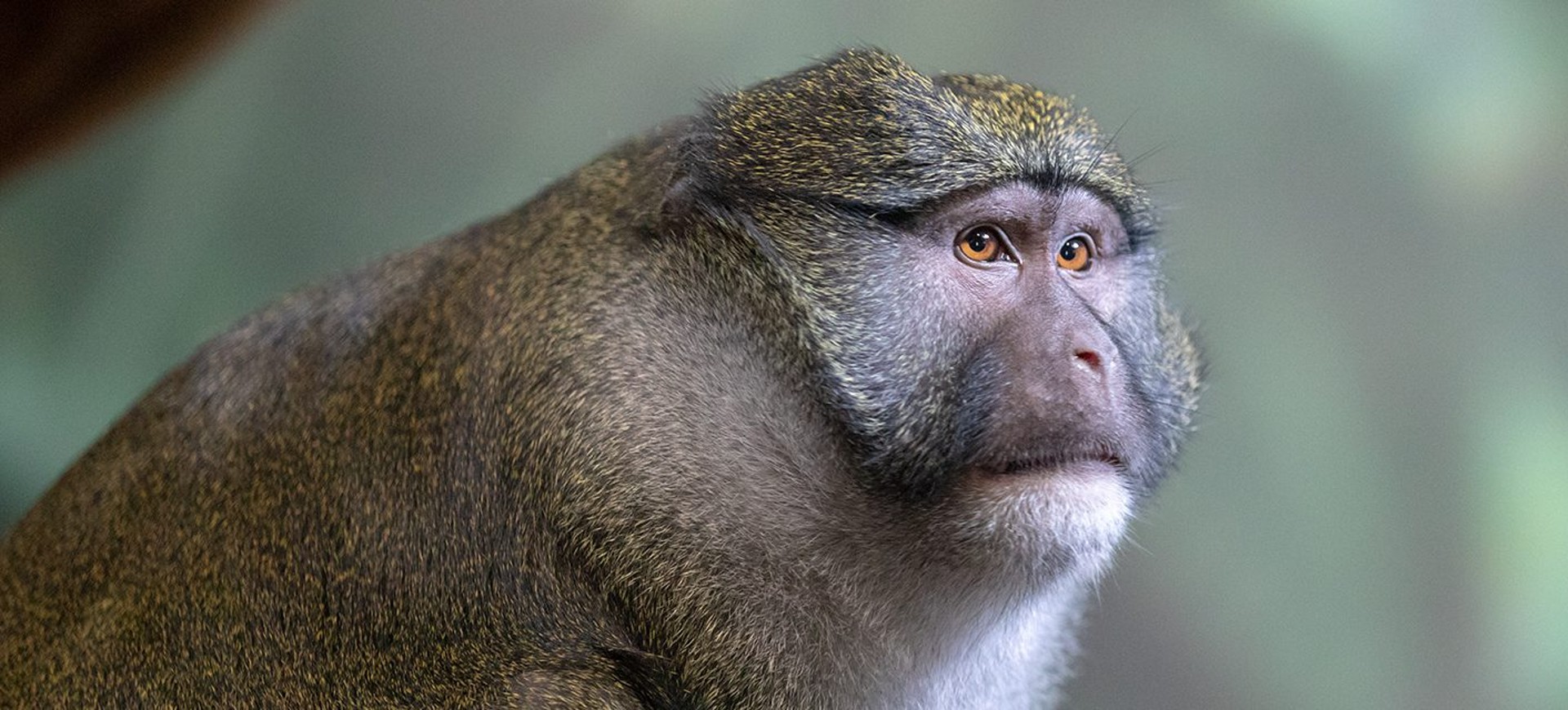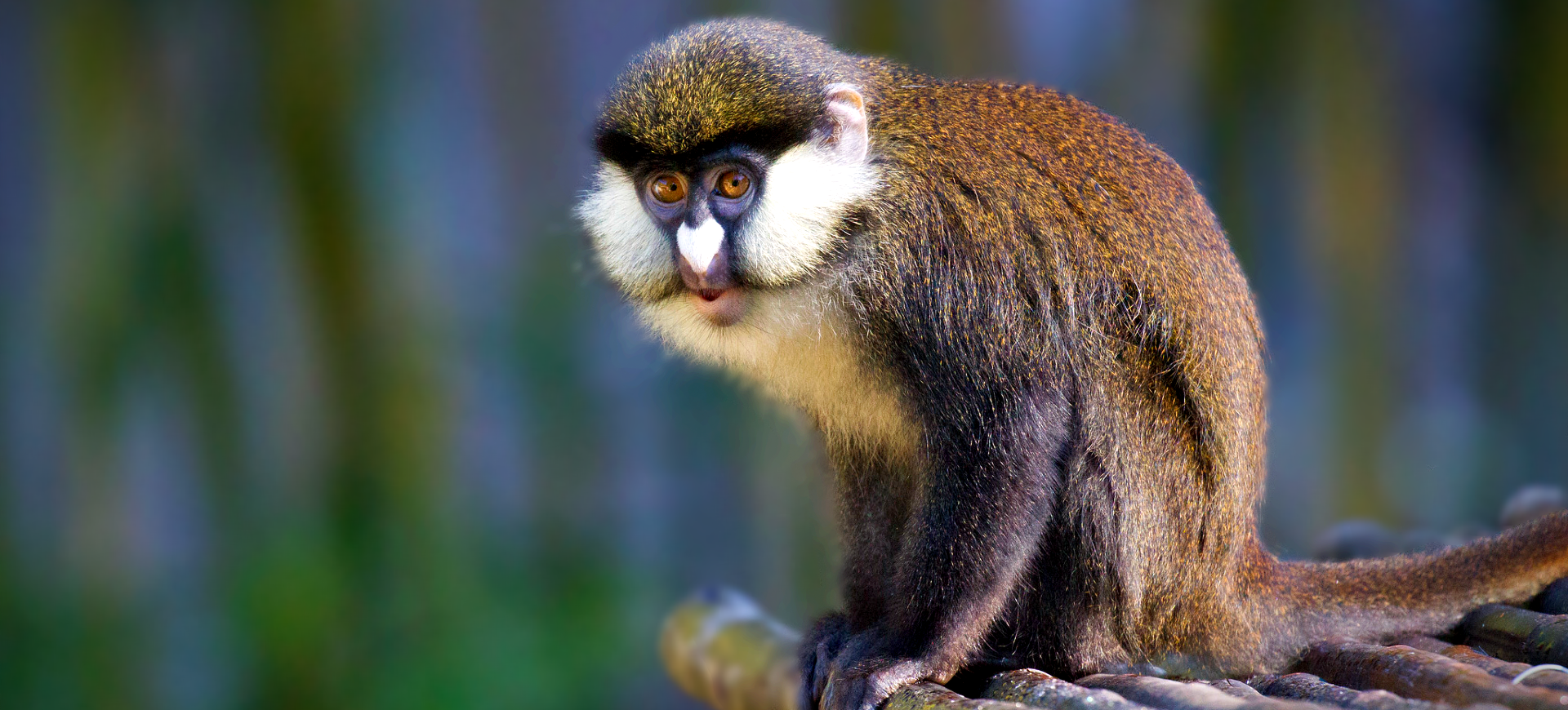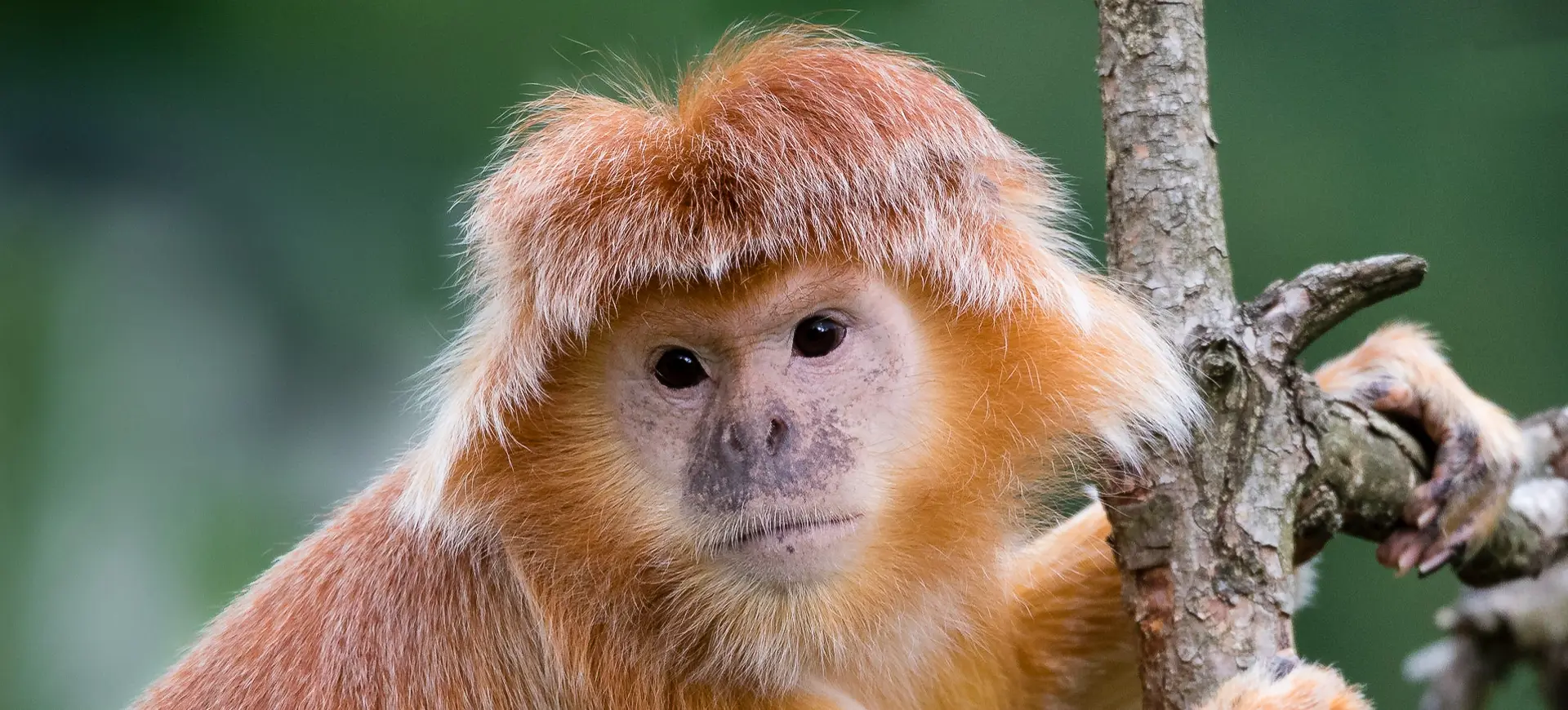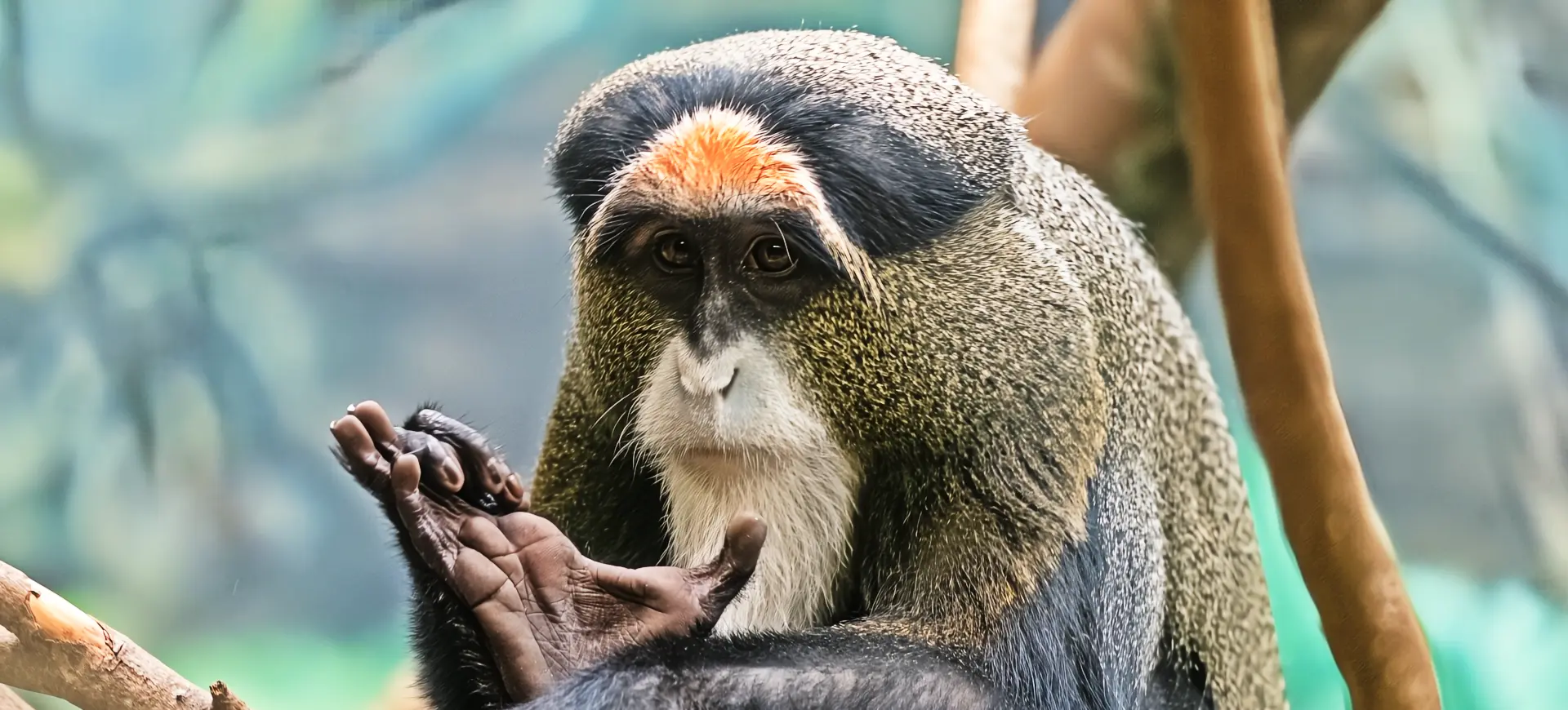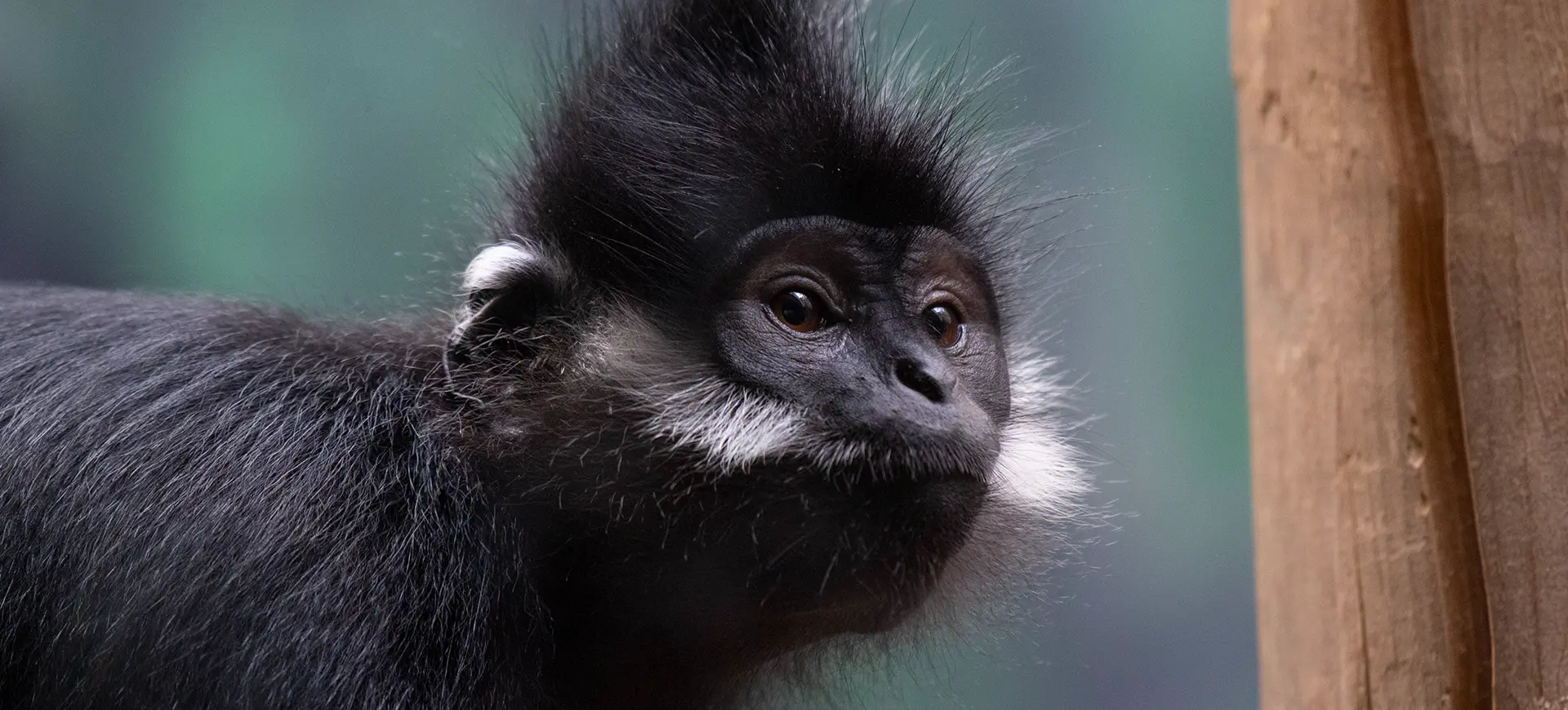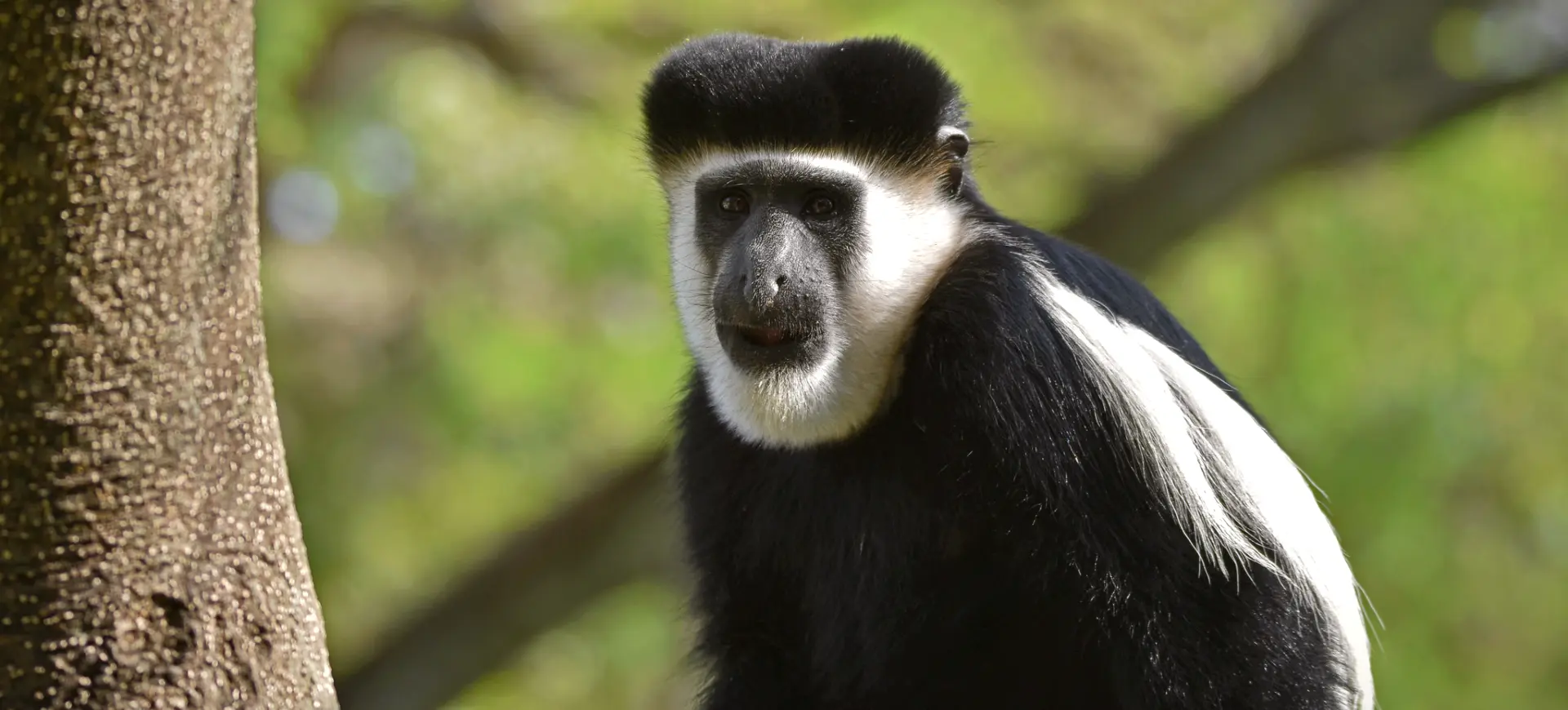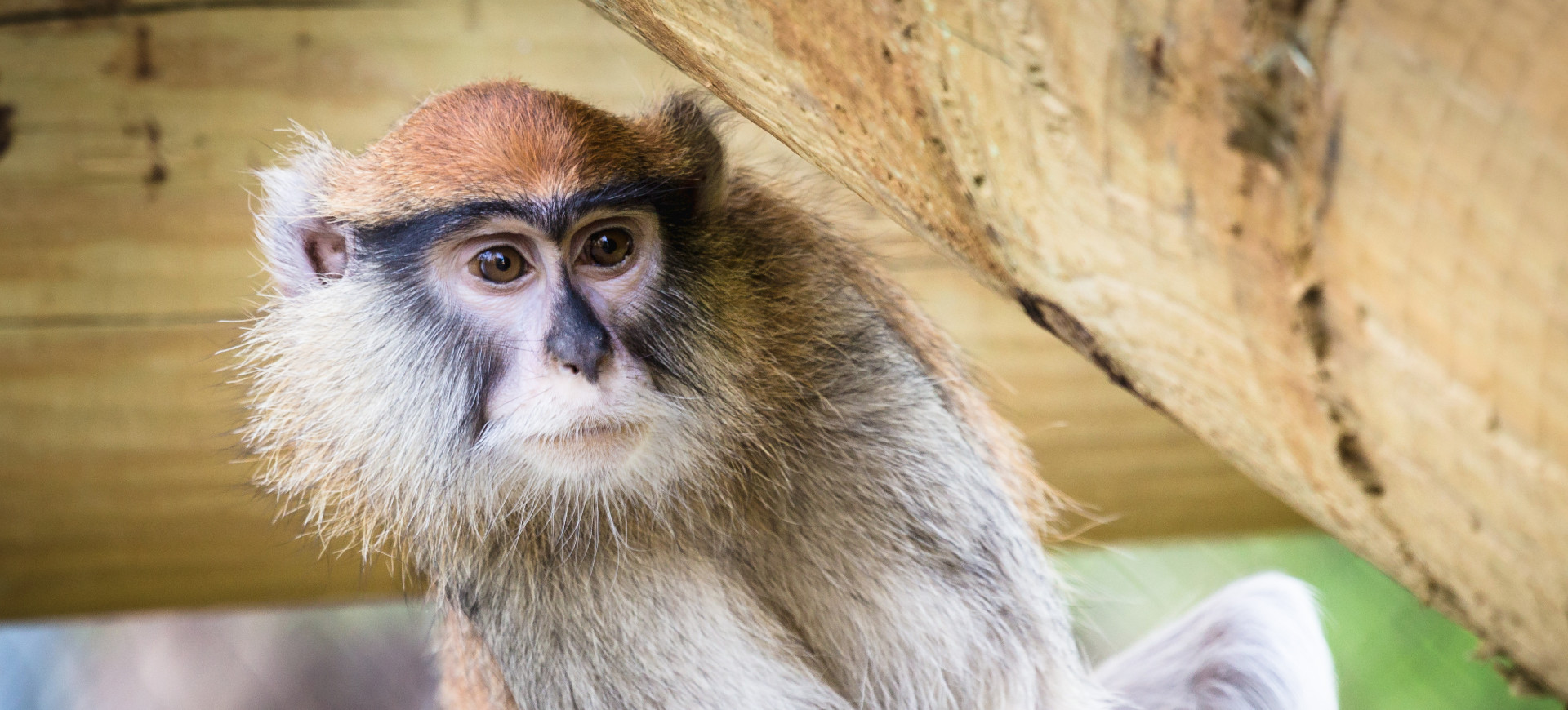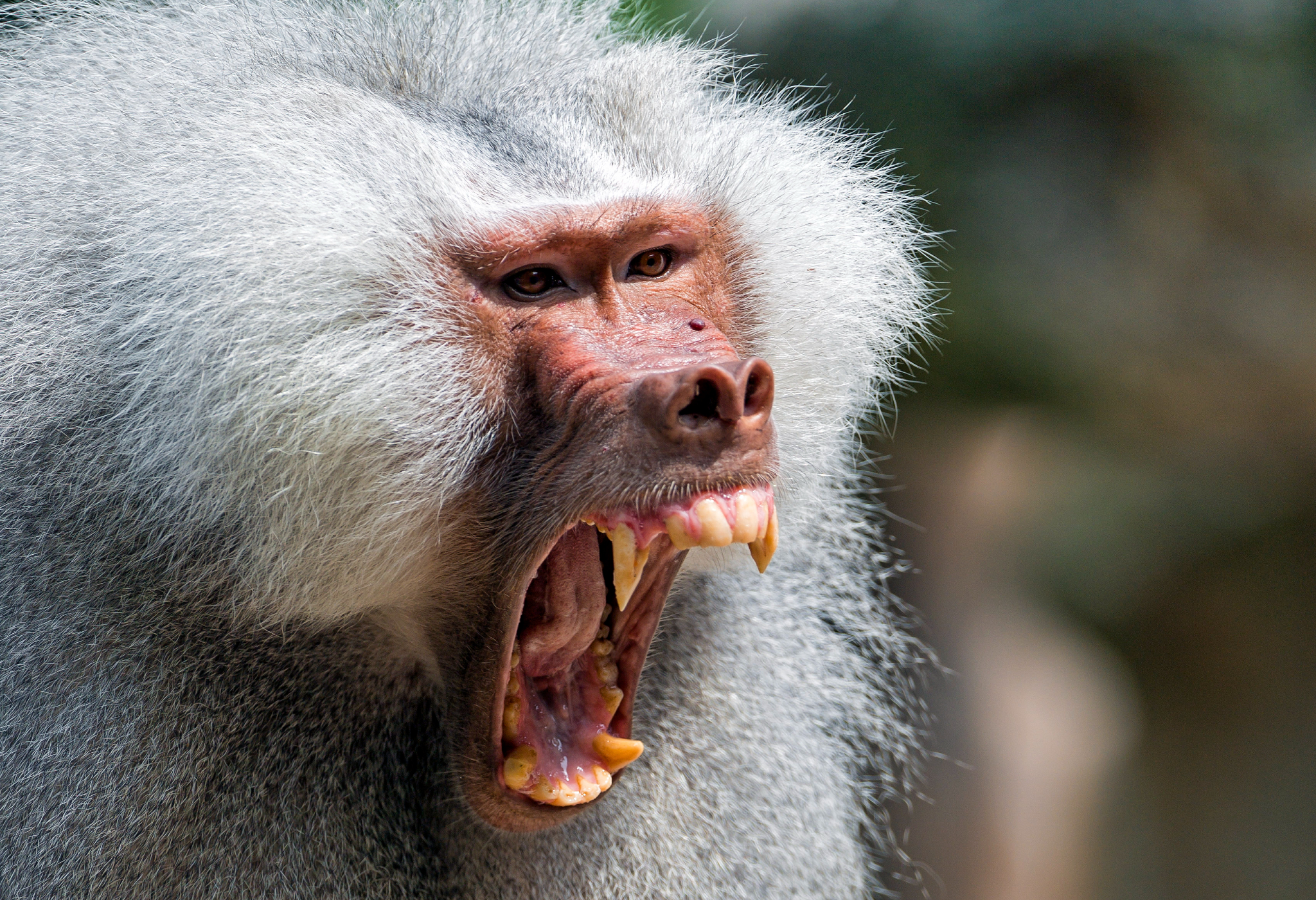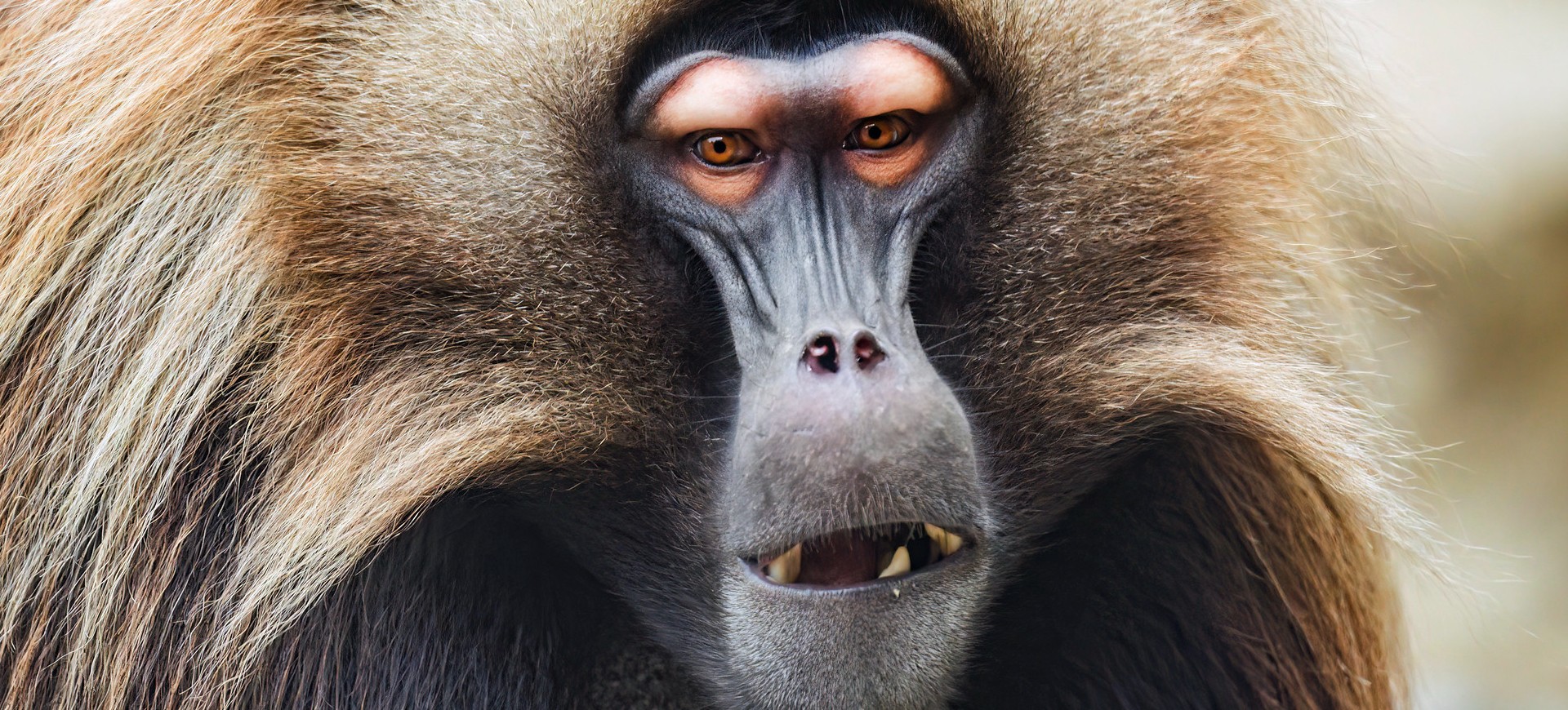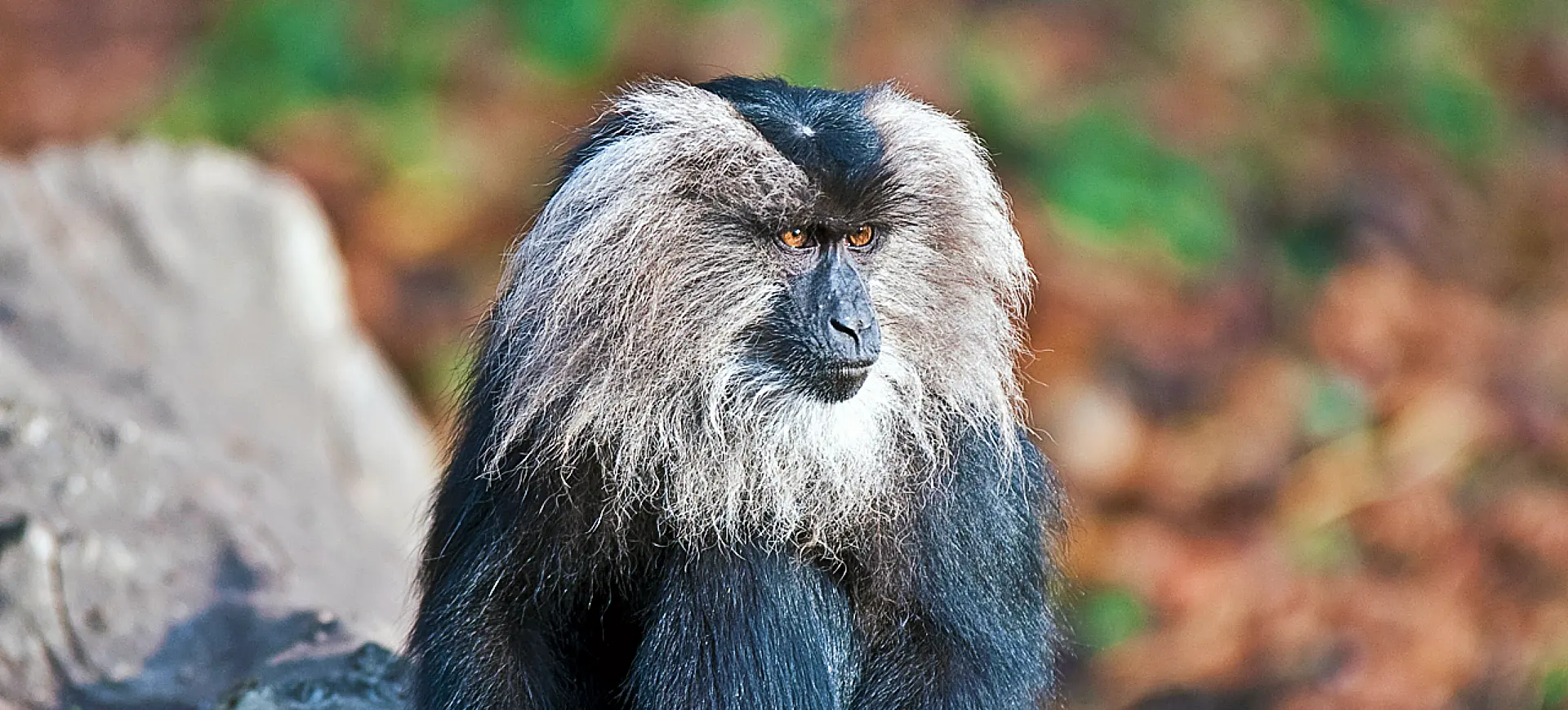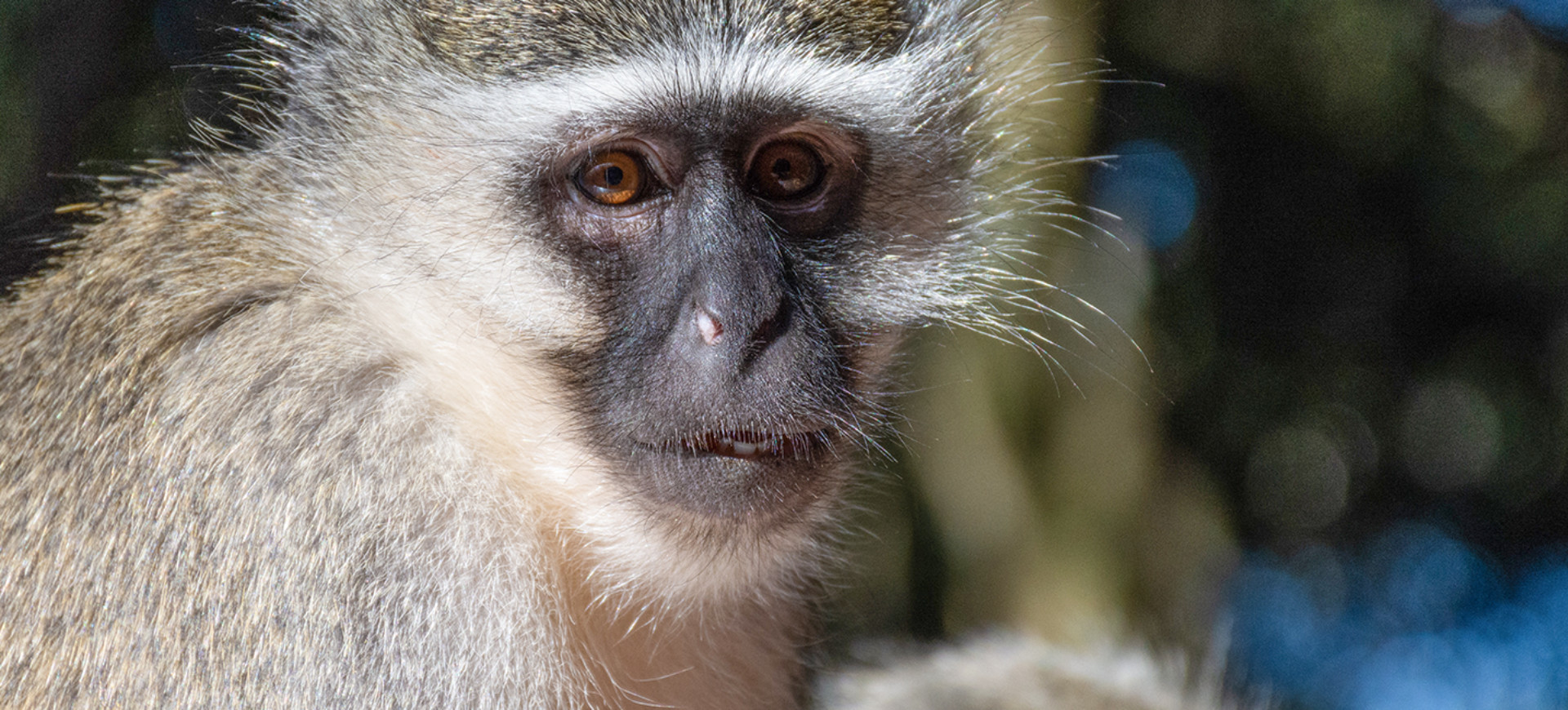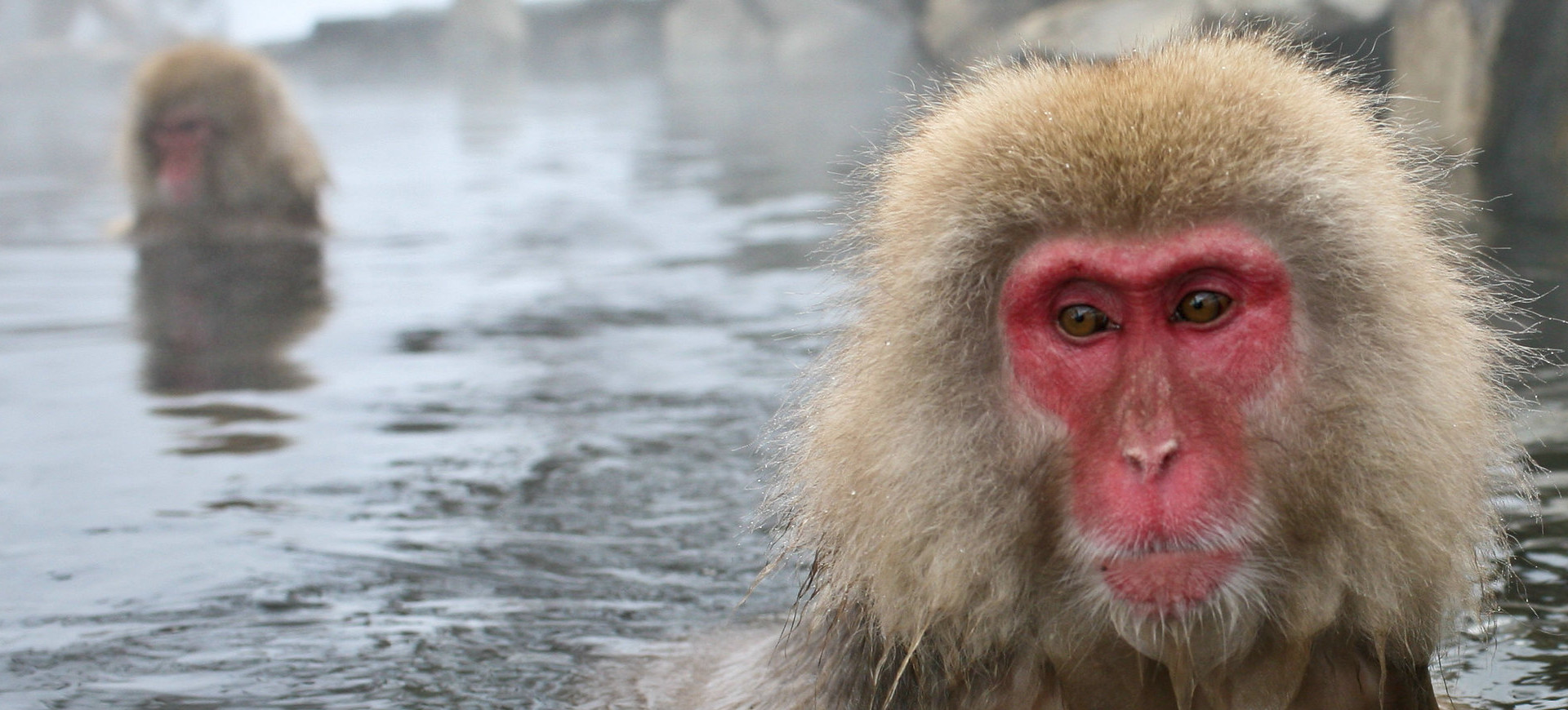Overview
Mandrills are a primate species known for their vibrant facial and rump coloration, particularly pronounced in adult males. Native to the rainforest regions of West Central Africa, mandrills are the largest of all monkeys and are noted for their omnivorous diet, diverse vocalizations, and complex social structures. While related to baboons, Mandrills have unique characteristics that set them apart, including their distinct coloration and the male’s larger size relative to females.
Physically robust and primarily terrestrial, mandrills possess a sturdy body with strong limbs suited for walking quadrupedally and climbing. Males are noticeably larger and more colorful than females, a characteristic used for dominance display and mating. Mandrills have a rich behavioral repertoire, displaying a range of vocalizations, body postures, and facial expressions to communicate within their multi-tiered social groupings.
Conservation efforts for the mandrill are ongoing as the species faces significant threats from habitat loss and hunting. Listed as vulnerable by the International Union for Conservation of Nature (IUCN), there’s a continuous effort to preserve the species in its natural habitat while maintaining populations in zoos and reserves worldwide.
Taxonomy
Kingdom
Phylum
Class
Order
Family
Genus
Species
Type
Physical Description:
Mandrills are unique in the primate world due to their striking physical features. They have a stout body and muscular limbs. Their distinctive physical characteristics are the vibrant coloration on their faces and rumps, with blue and red skin patterns becoming more prominent in males when excited or aroused. They have a prominent ridge running down their noses with colors ranging from blue to purple, red, and pink. Their fur is mainly olive green or dark grey, but their undersides are lighter.
Male mandrills are significantly larger than females, exhibiting pronounced sexual dimorphism. Males possess a mane of hair around their head, and their canines are extraordinarily long, which they use for display and occasionally in fights. The females, while smaller and less brightly colored, are still noticeably colorful compared to many other primate species. They have a pinkish face and a less defined ridge on the nose.

Lifespan: Wild ~20 || Captivity: ~45 years

Weight: Male: 66-119 lbs (30-54 kg) || Female: 25-31 lbs (11-14 kg)

Length: Male: 30-37 in (76-94 cm) || Female: 22-24 in (56-61 cm)

Height: Male: 24-26 in (60-65 cm) || Female: 19-20 in (48-51 cm)

Top Speed: 25 mph (40 km/h)
Characteristic:
Native Habitat:
Mandrills inhabit the tropical rainforests of West Central Africa. These environments are dense, hot, and humid, providing the conditions for the diverse array of plant and animal life that comprise the mandrill’s diet. Mandrills are primarily terrestrial but are also capable climbers, moving through the forest understory and floor during the day and sleeping in trees at night.
The range of mandrills used to be extensive throughout the region, but with deforestation and hunting, their natural habitat has significantly reduced. They are found in southern Cameroon, Gabon, Equatorial Guinea, and the Congo. These regions’ dense foliage provides ample cover from predators and diverse food sources.
Climate Zones:
Biomes:
Biogeographical Realms:
Continents:
Countries:
Diet:
Diet & Feeding Habits:
Mandrills have an omnivorous diet, which means they consume both plant and animal matter. In the wild, they feed on fruits, leaves, seeds, nuts, mushrooms, and roots. They also consume invertebrates, like insects and spiders, and occasionally small vertebrates, such as birds, rodents, or frogs. During the wet season, when food is abundant, fruits constitute a large part of their diet.
Despite their ability to capture and consume meat, mandrills aren’t habitual hunters. They generally prefer to forage on the forest floor for plant matter, insects, and smaller animals, though they are also adept at climbing to find food in the trees. As opportunistic feeders, they adapt their diet to what’s available in their changing environment.
Mating Behavior:
Mating Description:
Mandrill mating behavior is highly seasonal and depends on a complex mix of social and environmental factors. Mating usually occurs during the wet season when food resources are plentiful, typically between June and October. Mandrills live in multi-male and multi-female groups where the dominant male, or alpha, has mating priority with receptive females.
Males exhibit impressive coloration and other displays to attract females, who choose their mate based on these displays and the male dominance status. The gestation period lasts about 175 days, after which a single offspring is usually born, though twins have been recorded but are rare.
Reproduction Season:
Birth Type:
Pregnancy Duration:
Female Name:
Male Name:
Baby Name:
Social Structure Description:
Mandrills live in large, complex social groups known as hordes, consisting of multiple male and female mandrills, their offspring, and typically a single dominant male. This dominant male, or alpha, enjoys priority access to food and mates. The alpha male’s dominance is often signaled by enhanced brightness of facial coloration. Females also have a hierarchy, often determined by lineage, with daughters inheriting their mother’s rank.
Mandrills engage in mutual grooming, play behaviors, and other social interactions in a horde. These behaviors help establish and maintain social bonds within the group, which can be important for individual survival and reproduction. When threatened, mandrills will rally together to present a united front, displaying their teeth and working to intimidate predators or other perceived threats.
Groups:
Conservation Status:
Population Trend:
The population of mandrills in the wild is decreasing, primarily due to habitat loss from logging and land conversion for agriculture. The fragmentation of their habitat has led to isolated populations, which reduces genetic diversity and makes them more vulnerable to disease. Hunting for bushmeat is another significant threat to the mandrill population, particularly in areas near human settlements.
In contrast, the captive population of mandrills is stable, with many individuals housed in zoos and conservation centers worldwide. These captive populations are crucial for research and conservation, providing vital information about mandrill behavior, reproduction, and health that can be applied to their conservation in the wild.
Population Threats:
Habitat loss is the most significant threat to mandrills. The destruction of forests for logging, mining, and agricultural activities has reduced their natural habitat and left the remaining populations isolated. Hunting for bushmeat is another major issue, as they are a large source of meat and can be easily tracked due to their large group sizes.
In addition, climate change poses an emerging threat to mandrills. Changes in temperature and rainfall patterns can affect the availability of food sources, making it harder for them to survive. Infectious diseases are also a concern, particularly for isolated populations with low genetic diversity.
Conservation Efforts:
Several efforts have been made to conserve mandrills. Protected areas have been established in their range countries, with regulations to prevent hunting and habitat destruction. Conservation organizations are also working to educate local communities about the ecological importance of mandrills and the negative impact of bushmeat hunting.
Zoos and research institutions worldwide participate in captive breeding programs, aiming to maintain a healthy and genetically diverse population of mandrills. They also conduct studies to better understand mandrills’ behavior, biology, and health, providing crucial information that can be used for their conservation in the wild. Furthermore, international trade of mandrills is regulated under CITES Appendix I, which bans all commercial trade in this species.
Additional Resources:
Fun Facts
- The mandrill is the world’s largest species of monkey.
- They have the most vibrant coloration of any mammal, which becomes brighter when the animal is excited.
- The dominant male mandrill in a group is called the “alpha,” his coloration is typically more vivid than the lower-ranking males.
- Mandrills use scent markings and vocalizations to communicate.
- Despite their vibrant colors and large canines, mandrills are primarily prey animals, with leopards being their main predator.
- The lifespan of a mandrill can reach up to 46 years in captivity, which is more than double its average lifespan in the wild.
- Female mandrills typically give birth to a single baby every two years.
- Mandrills have been observed using tools, such as using leaves as gloves to handle spiny fruits or thorny plants.
- While mandrills are capable swimmers, they prefer to stay close to land and will often wade rather than swim if possible.
- Their diet changes with the seasons, feeding on fruits and seeds when available, and turning to leaves, stems, and insects during the dry season.





